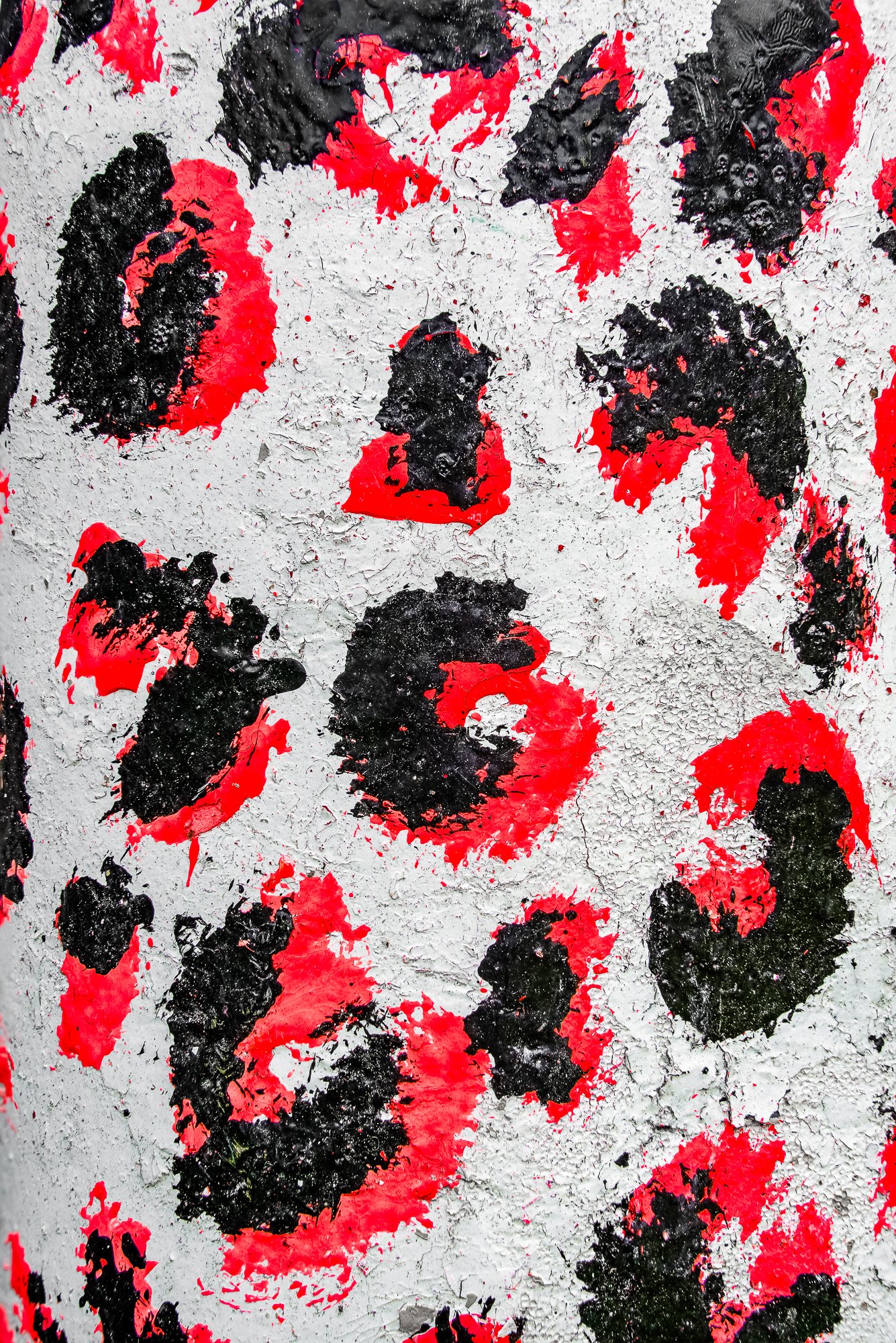
Lobster Buoys as Art
Artist Statement
I’ve admired and photographed lobster buoys for many years. I’ve been photographing them in harbors and where I find them washed up on the shore all over the coast of Maine. I love the textures, patterns, shapes, and colors. I love the way they weather and deteriorate over time.
When I started seeing these three-dimensional painted surfaces as a flat field, relating it very closely to how we traditionally view paintings, on a two-dimensional surface, they really came to life for me. Visions of Rothko and even Pollock came to mind as I considered how interesting they look when viewed this way.
The fact that buoys are painted and deployed for very utilitarian purposes only heightens my fascination. Their useful nature makes me like them even more. I don’t think many lobstermen (a gender-neutral term in Maine) think that they are making art when painting them, but how can we not view them as such?
These objects can’t help but reflect the personalities of those who create them. Efforts to make them distinguishable from other lobstermen’s buoys become self-expressive. How can you not view the bright colors and envision energetic personalities, muted colors and see someone more reserved? How can you not notice the occasional flourish of a painted circle or a splatter of paint? The carefully drawn line versus the quick and sloppy? The stamped letters and numbers versus the hand carved?
Of course, it’s not only the freshly painted buoys that attract me. The fantastic weathering that occurs over time creates an incredible visual, and tells a whole new story. Peeling paint sometimes reveals layers of other colors that were painted before. The ways that they deteriorate creates an astonishing variety of patterns and textures. Water, wind, sun, and physical strikes conspire to take a fascinating toll on the paint and substrate that forms the buoys.
All of this brings different themes and stories to mind. As mentioned before, I think of the different moods and personalities reflected in the colors and combinations of color. I think of the bigger theme of the passage of time and life at sea in the way that they are weathered. I think of decay, and renewal. The greatest theme or story may be that of humans imposing their will against nature, nature fighting back, and the constant battle that ensues. Who will come out on top? That remains to be seen, as far as I can tell.
Choosing the Images
To tell these stories, I knew I wanted to show a wide variety of buoy surfaces, from new, freshly-painted buoys to the extremely deteriorated. There seems to be a sweet spot somewhere in the middle, hence those making up the bulk of my images. They are titled by the fishing harbors they were found in.
I wanted to include the names of the lobstermen who painted each buoy, but the logistics of tracking them down seemed daunting to impossible in most cases. These were found not only on the docks and in use, but also abandoned and tangled up in detritus along the shore in some areas. Sometimes they were displayed on walls in or near the harbor, proclaiming their proud colors, or perhaps, in their weathered glory, even telling some of the same stories I’ve alluded to earlier.
In the end, I decided to let the buoys tell their own story, and infer the identities of those who created them along with the processes that led to their current state.








































